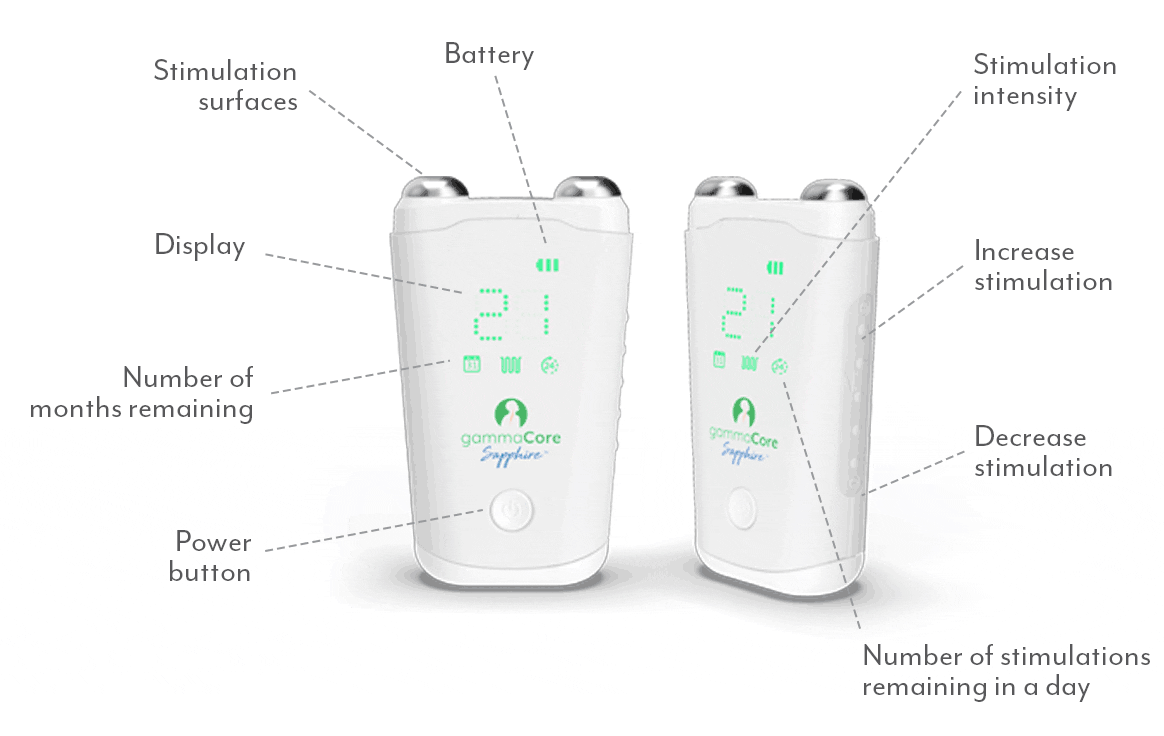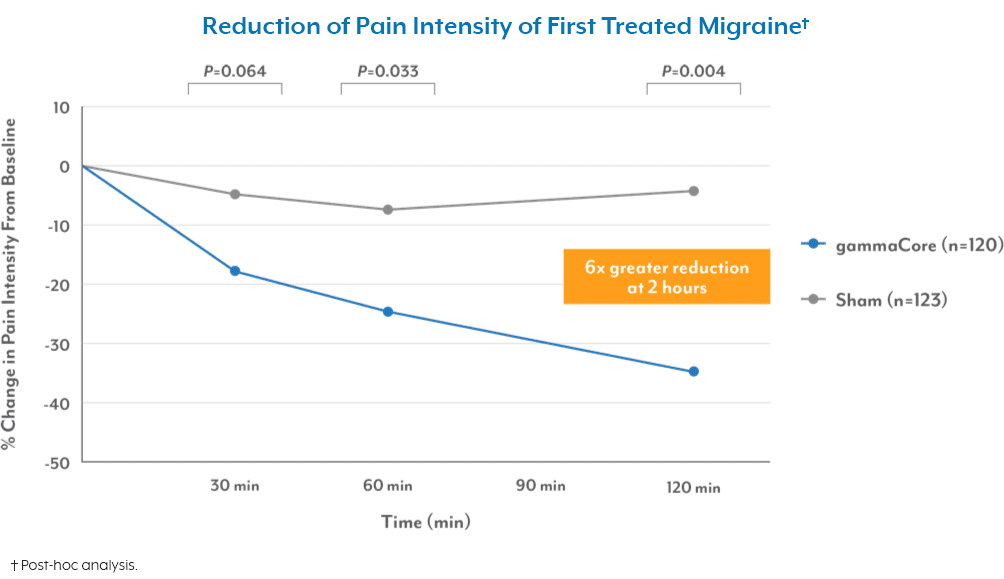
When it comes to painful headaches, most people think of a migraine. But there’s another type of condition that can be absolutely excruciating: cluster headache.
What Is Cluster Headache?
Cluster headache, otherwise known as suicide headache, has been described as one of the most painful conditions known to man. It is a rare, intensely painful type of headache that tends to strike in patterns or cycles, often at the same time of day or night, over a period that can last weeks to months.
Cluster Headache Causes
The exact cause of cluster headaches is not fully understood, but researchers believe that a combination of genetic, neurological, and environmental factors may play a role.
- Hypothalamus Dysfunction: The hypothalamus is a small area at the brain’s base. It’s believed to play a significant role in regulating your body’s internal clock and various biological processes. Connectivity dysfunction in the hypothalamus has been linked to the onset of cluster headaches.1
- Vascular (Blood Vessel) Changes: The dilation (expansion) of blood vessels in the brain and around the eye area are believed to contribute to the intense pain experienced during a cluster headache attack. The dilation can lead to inflammation of the nearby nerves, which may cause the stabbing pain associated with cluster headache.2
- Neurotransmitter Imbalance: Neurotransmitters are chemicals that transmit signals between nerve cells in your brain. An imbalance in neurotransmitters, particularly serotonin and histamine, has been associated with cluster headaches.3 Serotonin is involved in regulating pain pathways and blood vessel constriction. Histamine, commonly associated with allergies, is also known to promote vascular changes. Sudden changes in either of these neurotransmitter levels could contribute to the intense pain and physiological changes that come with the attack.
- Genetics: People with a family history of cluster headache are more likely to develop the condition themselves.4 However, the specific genes responsible for cluster headache have yet to be clearly identified.
- Triggers: Cluster headache triggers can vary from person to person and may include alcohol, certain foods (like chocolate or aged cheeses), strong odors, changes in sleep patterns, and smoking.
Cluster Headache Symptoms
While both cluster headache and migraine fall under the umbrella of severe headaches, they have a few distinct features that set them apart.
- Pain Sensation: Migraine is characterized by a throbbing pain, while cluster headache is often described as more of a burning or stabbing sensation around the eye or on one side of the head.
- Location of Pain and Symptoms: Both migraines and cluster headaches can cause pain on one side of the head. While a migraine can affect either side, cluster headaches often have a “favorite” side. Symptoms can also vary between the two conditions. A cluster headache often comes with red, teary eyes and a stuffy or runny nose on the affected side, whereas a migraine may be accompanied by nausea, vomiting, auras (visual disturbances), and sensitivity to light and sound.
- Duration: A cluster headache is intense and typically lasts anywhere from 15 minutes to a couple of hours. A migraine, however, can last for hours and even days for some people.
- Frequency: As the name suggests, cluster headaches occur in cycles and can strike multiple times during a “cluster period”. The cluster period can last from a few weeks to a few months. Migraines tend to occur less frequently and are often triggered by specific factors, such as hormonal changes, stress, certain foods, and seasonal changes.
Cluster Headache Treatments
Despite their differences, some of the strategies for migraine relief may also work to manage cluster headache. These may include medications, lifestyle changes (e.g., smoking, drinking, diet, etc.), maintaining a routine, staying hydrated, and monitoring your triggers.
On the other hand, where migraine sufferers often find comfort in low stimulus environments, cluster headache patients may need to seek different strategies, such as medical intervention (i.e., prescription drugs, oxygen therapy, medical devices, etc.), and deep and controlled breathing techniques, to name a few.
Another effective treatment solution for cluster headache is gammaCore™ non-invasive vagus nerve stimulator (nVNS). gammaCore nVNS is the only FDA-cleared device to treat and prevent cluster headache. This portable, handheld device works to block pain signals in the body without the need for surgery or medication. gammaCore is available with a prescription from a health care provider. You administer it yourself by placing it on the same side of the neck for two 2-minute stimulations, once in the morning and again at night.
You can even use gammaCore up to 24 times daily, making it especially useful when working through a cluster period. It’s compact enough to keep with you while on the go for fast-acting relief whenever you need it.
To see if gammaCore is right for you, visit our clinic finder to locate a health care provider near you, or contact our dedicated Customer Experience team at 888-903-2673 or customerservice@electrocore.com.
References
1. Qiu, E., Wang, Y., Ma, L., Tian, L., Liu, R., Dong, Z., Xu, X., Zou, Z., & Yu, S. (2011). Abnormal Brain Functional Connectivity of the Hypothalamus in Cluster Headaches. PLOS One, 8(2). https://doi.org/10.1371/journal.pone.0057896
2. Headaches – cluster. Icahn School of Medicine at Mount Sinai. Retrieved August 30, 2023, from https://www.mountsinai.org/health-library/report/headaches-cluster
3. Cluster Headaches. Cedars-Sinai. Retrieved August 30, 2023, from https://www.cedars-sinai.org/health-library/diseases-and-conditions/c/cluster-headaches.html
4. Waung, M. W., Taylor, A., Qualmann, K. J., & Burish, M. J. (2020). Family History of Cluster Headache: A Systematic Review. JAMA Neurology, 77(7), 887–896. https://doi.org/10.1001/jamaneurol.2020.0682


